EWU students weigh in on impending Roos Field renovation proposal
Roos Field’s last change came in 2010 with the addition of the red turf, and was previously renovated in 2004 as part of a $4.5 million stadium overhaul. EWU Athletic Director Lynn Hickey will make a stadium renovation proposal to the board of trustees on May 10.
April 17, 2019
In less than a month, EWU football fans will know more about the future of Roos Field.
To outline the plans for an impending renovation project, Athletic Director Lynn Hickey is presenting at the May 10 board of trustees meeting. Hickey will discuss the results from the pre-design process which the ALSC Architects of Spokane conducted from November 2018 to February.
“ALSC will create an overall architectural functional plan that will address possible enhancements to the student body and overall fan experience at the stadium,” the athletic department’s stadium renovation page that launched in November read. “This could include expanded seating and improved amenities such as concessions and restrooms.”
ALSC discussed renovation ideas with focus groups consisting of “a select number of Eastern students, faculty and staff, coaches, donors, alumni and board members,” according to the stadium renovation page.
So what are EWU students hoping for with a Roos Field renovation?
“A larger student section,” senior Kelsey Gardner said. “I don’t like being pushed around a lot.”
“Most of the games are raining, so if they could have a covered seating that would be really nice,” senior Ellery Roberts said.
Both Gardner and Roberts went to two EWU home games this season.
Hickey recently told The Easterner that the athletic department’s goal is for EWU to become as synonymous with Eastern Washington as Gonzaga is.
“We really want to continue to develop relationships and to grow the connection around campus,” Hickey said. “So that we’re seen as an asset and something that everyone’s excited about.”
One of the benefits of expanding that connection is more student participation.
“The average number of students thus far at all our events is about 850 students at an event, so not bad,” Hickey said. “Our support at football is really good compared to a lot of schools.”
Of the four regular home games where student swipes were counted (school wasn’t in session during the Sept. 1 Central Washington game), there was an average of 1,046 students at each game: Cal Poly (1566), Southern Utah (929), Idaho (1049) and UC-Davis (639).
Although the number of students decreased during the FCS Playoffs, it was finals week for the first game and winter break for the other two. Hickey said attendance was higher than expected.
There was an average of 568 students at each of postseason games: Nicholls State (699), UC-Davis (322) and Maine (684).
Hickey said one of the goals of the stadium renovations is to create a more student-oriented environment.
To increase student attendance and participation, both Gardner and Roberts suggested advertising the home games more around campus.
“I work for housing; I’m a CA,” Roberts said. “I see the advertising in the buildings all the time, but not really like outside the res halls. So maybe people who don’t live on campus don’t see it as much.”



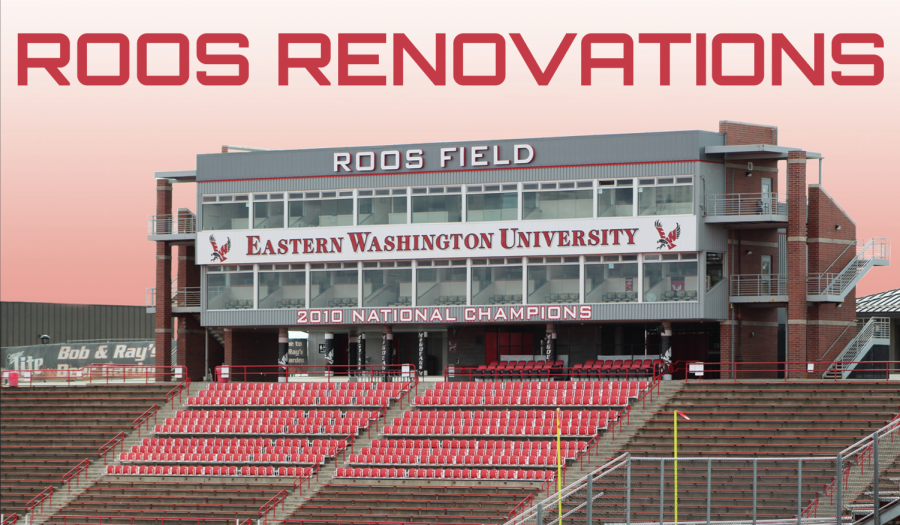
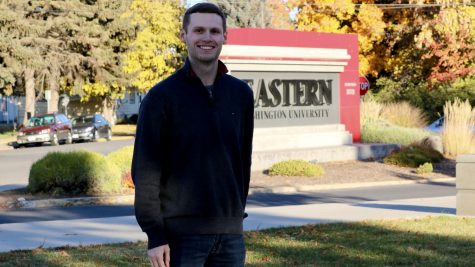


![Simmons said the biggest reasons for her success this year were “God, hard work, and trusting [her] coach and what she has planned.”](https://theeasterner.org/wp-content/uploads/2024/05/image1-1-1200x800.jpg)

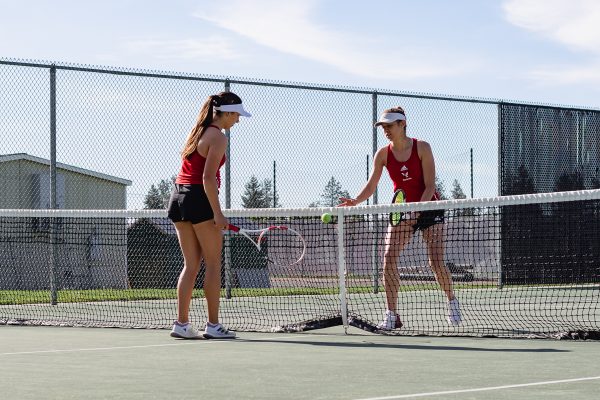
![Simmons said the biggest reasons for her success this year were “God, hard work, and trusting [her] coach and what she has planned.”](https://theeasterner.org/wp-content/uploads/2024/05/image1-1-600x400.jpg)

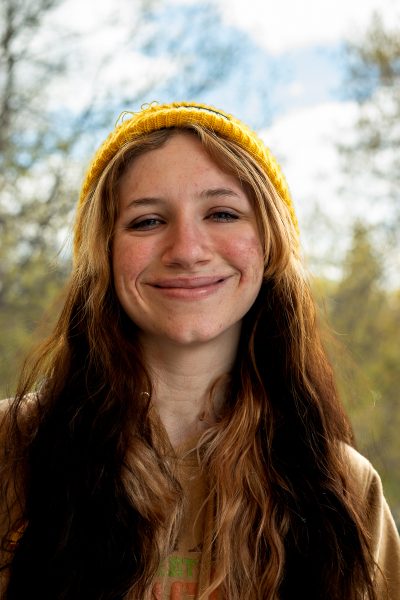

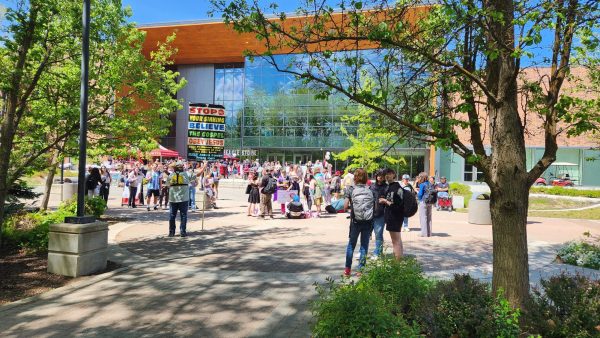

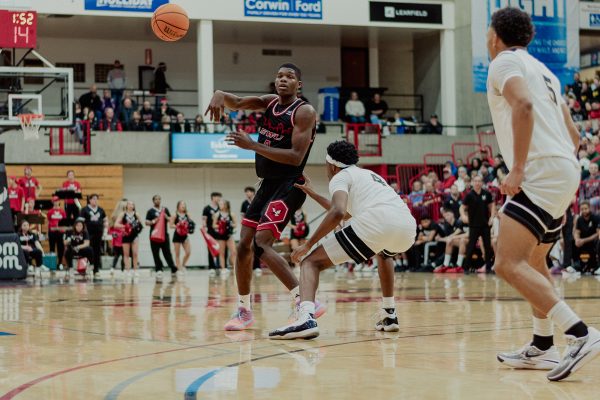
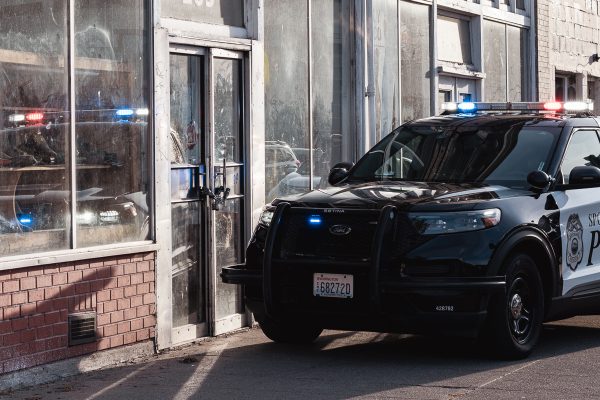
Kenn Thompson • Sep 8, 2019 at 12:44 pm
Alumni class of 96.why not expand the capacity. Even just to 10,000 seats would be nice. Have some room to grow without another renovation being necessary. He